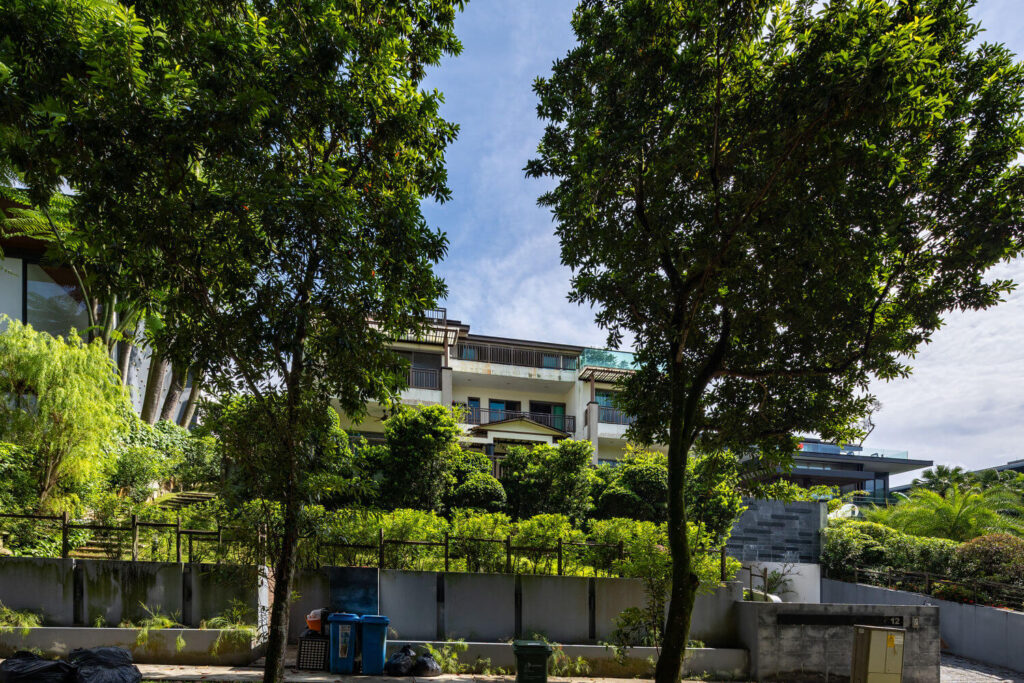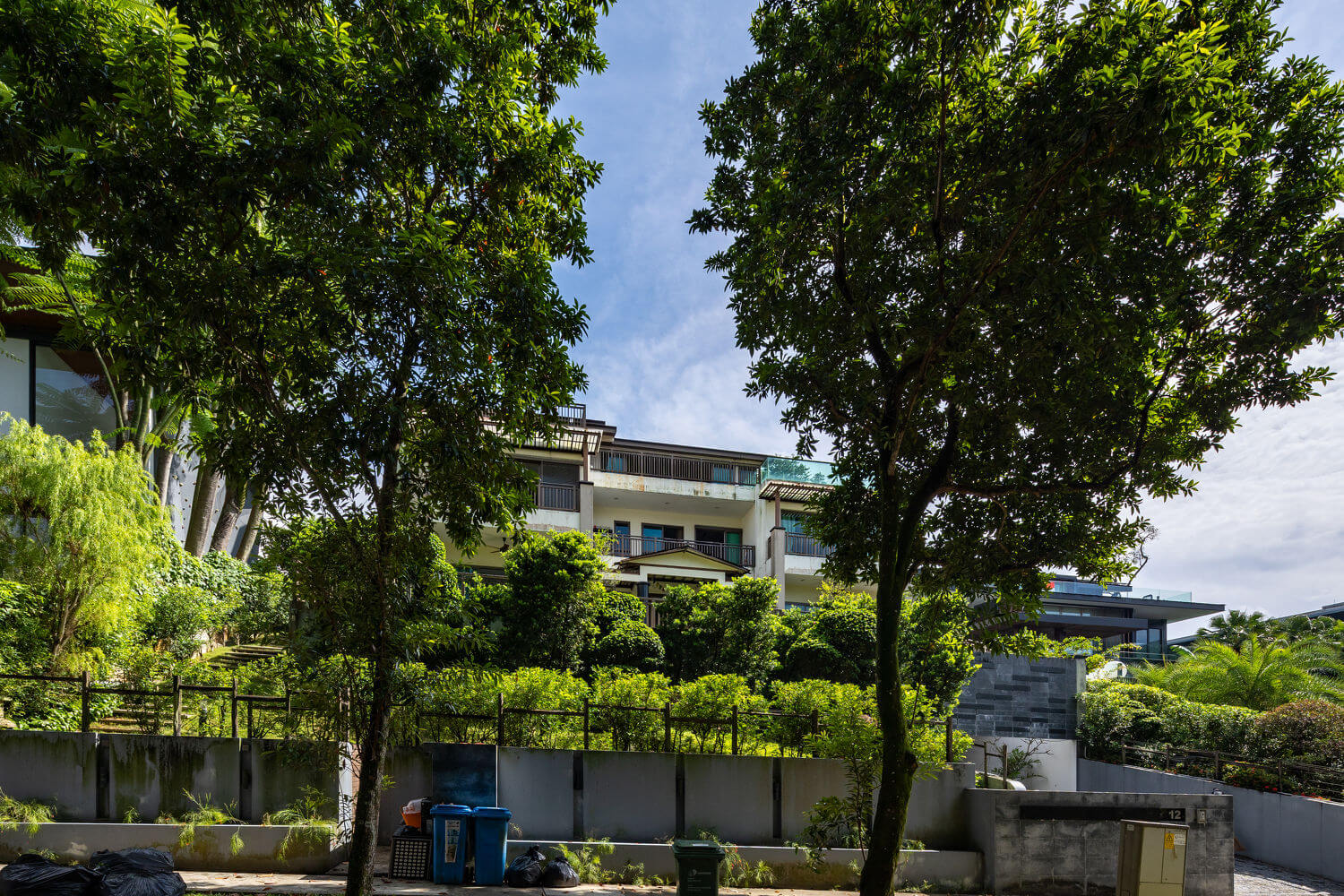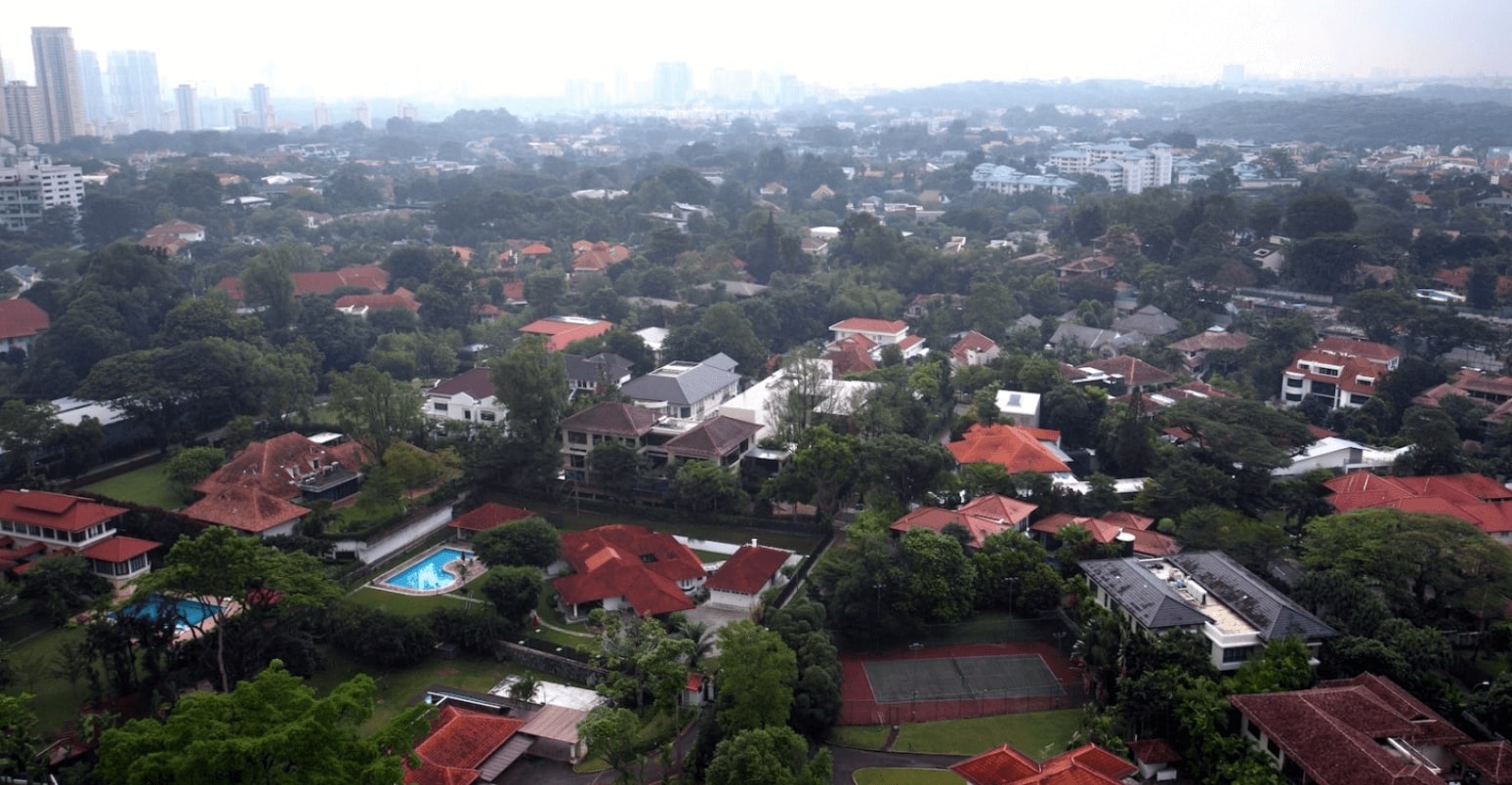The GCB Market Rebounds: A Resilient Finish to the Year with $1.32 Billion in Sales
The Good Class Bungalow (GCB) market in Singapore has staged a remarkable comeback, closing the year with an impressive $1.32 billion in total sales. This resurgence highlights the enduring appeal of these ultra-exclusive properties, reinforcing their status as a pinnacle of luxury real estate. Despite past market headwinds, affluent buyers have continued to see GCBs as a symbol of prestige, a secure investment, and a legacy asset.
Market Overview
Good Class Bungalows represent the highest tier of luxury living in Singapore, located in prestigious enclaves such as Tanglin, Bukit Timah, and Nassim Road. Defined by their sprawling land sizes, lush surroundings, and stringent planning regulations, GCBs are a rare commodity, with only about 2,800 in existence. Their limited supply ensures sustained demand from high-net-worth individuals (HNWIs) and astute investors.

Following a period of slowdown due to economic uncertainties, property cooling measures, and the pandemic, 2023 saw a strong recovery in both transaction volumes and values. The momentum built steadily throughout the year, culminating in a robust $1.32 billion in sales by year-end.
Key Factors Driving the Rebound
Several key drivers contributed to the revival of the GCB market:
1. Economic Recovery and Growing Wealth
As global economies rebounded, Singapore’s status as a premier financial hub attracted both local and foreign capital. Rising wealth accumulation among elites fueled a renewed appetite for luxury assets, with GCBs emerging as a preferred choice for long-term wealth preservation.
2. Favorable Financing Conditions
While global interest rates have been on the rise, Singapore’s mortgage rates remained relatively attractive compared to historical levels. This created a conducive environment for buyers looking to acquire high-value assets while capitalizing on strategic financing options.
3. Evolving Preferences for Space and Exclusivity
The pandemic reshaped homebuying preferences, leading to heightened demand for properties that offer privacy, expansive living spaces, and premium lifestyle amenities. GCBs, with their secluded locations and vast land parcels, perfectly aligned with these shifting priorities.
4. Strong Interest from Foreign Investors
Singapore’s political stability, business-friendly environment, and transparent legal system continued to attract foreign investors. Wealthy buyers from China, Indonesia, and India increasingly turned to GCBs as a secure asset, further strengthening demand in the market.
5. Scarcity and Prestige Factor
The inherently limited supply of GCBs ensures their continued desirability. Their exclusivity, coupled with strict zoning restrictions that limit new supply, adds to their scarcity value, making them a highly sought-after asset class.
Notable Transactions in 2023
Several high-profile GCB transactions underscored the market’s resilience. Among them, a bungalow on Nassim Road changed hands for a record-breaking $128 million, marking one of the highest-value deals in recent history. Another notable sale was a property in Bishopsgate, which fetched $75 million. These high-stake transactions signal unwavering confidence in the long-term value of GCBs.
Local buyers dominated the market, but foreign investors played a significant role as well. Many were drawn to Singapore’s reputation as a global wealth hub, seeing GCBs as a stable and appreciating asset.
Prime Locations and Buyer Preferences
Location remains a defining factor in the GCB market, with properties in prime districts commanding premium prices. Areas such as Nassim, Cluny, and Ridley Park continue to attract elite buyers due to their proximity to top schools, business districts, and lifestyle amenities.
Properties with unique attributes—such as heritage value, panoramic views, or award-winning architecture—tend to command even higher premiums. Buyers increasingly seek GCBs that offer a blend of exclusivity, modernity, and strategic location advantages.
Challenges and Market Considerations
Despite the strong recovery, certain challenges persist:
- Government Cooling Measures: Policies such as Additional Buyer’s Stamp Duty (ABSD) and tighter loan-to-value (LTV) limits have raised acquisition costs, particularly for foreign buyers.
- Global Economic Uncertainty: Inflation, geopolitical tensions, and potential interest rate hikes remain factors that could influence investor sentiment.
- Regulatory Constraints: The strict planning guidelines governing GCBs mean that redevelopment options are limited, requiring buyers to work within existing regulatory frameworks.
Future Outlook: Sustained Growth with Evolving Trends
Looking ahead, the GCB market is expected to maintain its appeal, supported by strong demand fundamentals and limited supply. While transaction volumes may fluctuate based on macroeconomic conditions, the overall trajectory remains positive.
Emerging trends suggest that sustainability will play a bigger role in future GCB developments. Buyers are showing increased interest in eco-friendly features, smart home technology, and energy-efficient designs. Developers and architects are adapting to these preferences, integrating green innovations into modern GCBs.
Conclusion
The GCB market’s remarkable rebound, culminating in $1.32 billion in sales, is a testament to the enduring value of these prestigious properties. Their status as a symbol of wealth, exclusivity, and investment security ensures continued demand from both local and international buyers.
While challenges such as government regulations and economic uncertainties persist, the fundamentals of the GCB market—scarcity, prime locations, and high desirability—remain intact. For investors and homeowners alike, GCBs represent more than just real estate; they are a legacy asset, embodying the ultimate in luxury living within Singapore’s esteemed property landscape.
Source: https://www.edgeprop.sg/property-news/gcb-market-rebounds-end-year-132-bil-sales-value



